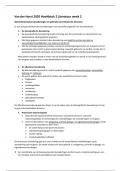Answers
HRPYC81- Project 4805 - Moral Development - Assignment 27
- Institution
- University Of South Africa (Unisa)
I received distinction for my final marks. HRPYC81 Portfolio - This portfolio is based on moral development during adolescence
[Show more]













